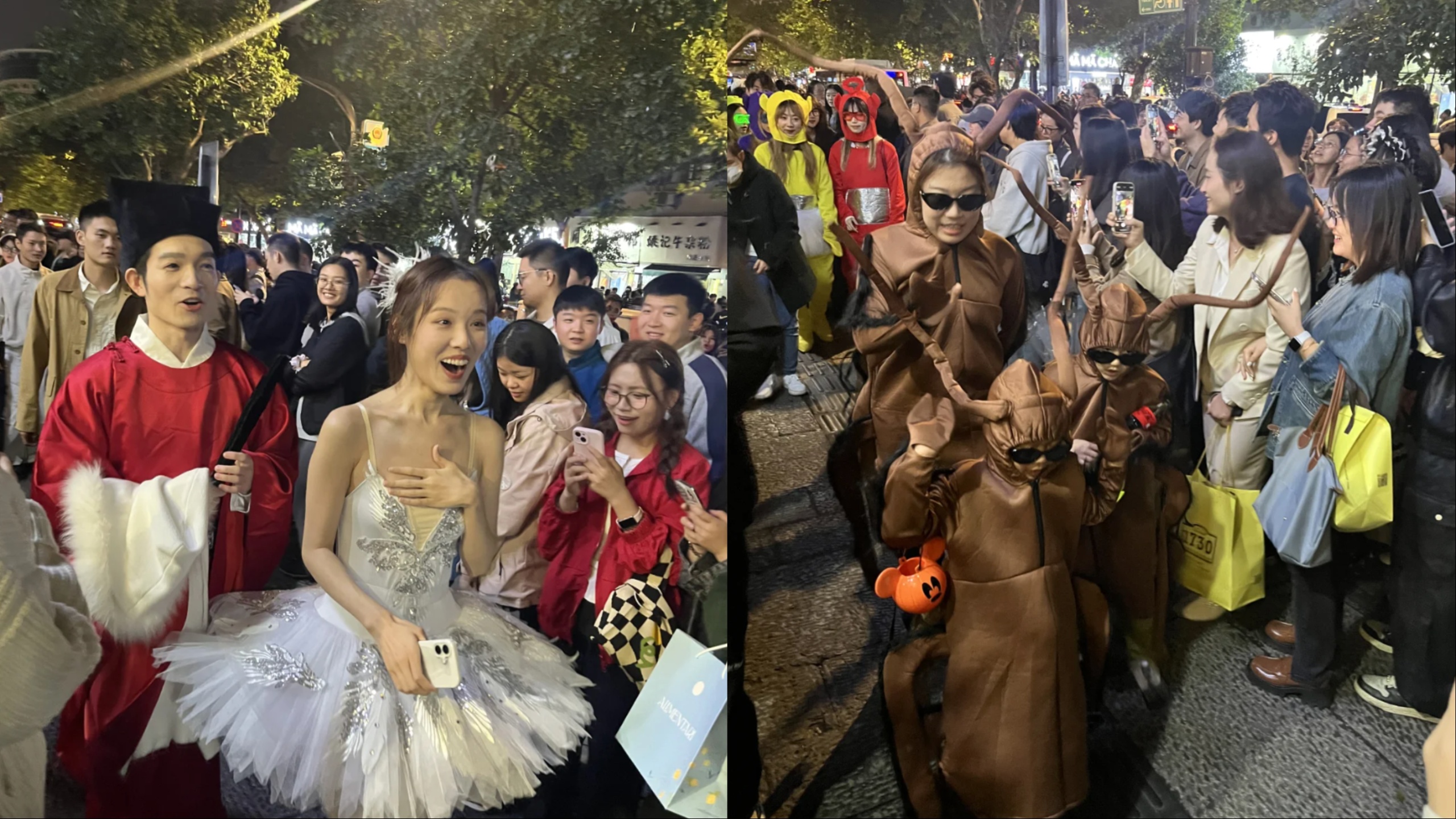Your feel-good China internet story for the day comes from Tencent Gongyi (腾讯公益), the “public welfare” arm of the internet giant behind social messaging app WeChat. This morning my WeChat feed has been full of friends sharing images like this:

Basically, you scan that red QR code in the bottom right and are taken to a web app that will work in your browser, but is built for mobile. Once inside you’re treated to a little tune and shown paintings by young artists (age range 11-37 in the ones I scanned) with mental disabilities and spectrum disorders such as autism. Each item in the virtual picture gallery is supplemented with a short artist bio and a buy button. Tap that, input a donation amount (minimum 1元, about 15 cents), authorize a withdrawal from your WeChat Pay, and you become the proud owner of a jpg commemorating your patronage, tailor-made to be shared immediately to your (WeChat) network.

This is clever innovation for a few reasons. For one thing, it creates an immediate and accessible path to encourage micro-donations on a massive scale. WeChat is closing in on a billion users, and its mobile payment platform is second only to Alibaba’s Alipay. This charity play taps into how most people use WeChat — sharing images around their network, often displays of conspicuous consumption or selfies advertising their personal lifestyle choices (in this it reflects some of the ways Westerners use Facebook and Instagram).
Since WeChat also has a payment platform baked in, it’s possible to allow its users to make payments and then literally tell the world how much they paid, and for what. In most cases this might seem a bit too blatant, but if you’re advertising your patronage of art and support of a charitable organization, it becomes a social credit booster in a way that posting, say, a Gucci receipt might not. (Though rest assured, that also happens.)
Most important is the cause itself. Disorders like autism are often under-recognized and under-diagnosed in China; people with more serious mental disorders face much tougher discrimination. The organization behind this particular campaign is World of Art Brut Culture, which aims to increase engagement with special needs people in China through art education.
This partnership with Tencent’s charity arm is raising both awareness and money to address this issue — a lot of money. Each WeChat donation is funneled into a crowdfunding campaign to raise funds for WABC’s education programs. The campaign is currently 60% along the way toward a $2.27 million (15 million RMB) fundraising goal, with almost 2.5 million individual donations so far. I’ve refreshed the page a few times since I started writing this article and there’s been a steady uptick in those numbers each time. As far as I know, the campaign launched only a few hours ago.

In short, this is a story that shows the potential social upsides of our morphing technological landscape, the kinds of things that Silicon Valley ideologues love to talk about but often fail to deliver. It’s also a neat case study in how China does the internet. This crowdfunding campaign only exists on mobile — trying to click the link in your browser will take you to an error page telling you to pick up your phone. Indeed, that’s where the millions of Chinese digital natives that are willing to throw 15 cents toward a post on their WeChat Moments live. Hopefully the success of this campaign will breed more like it.




















